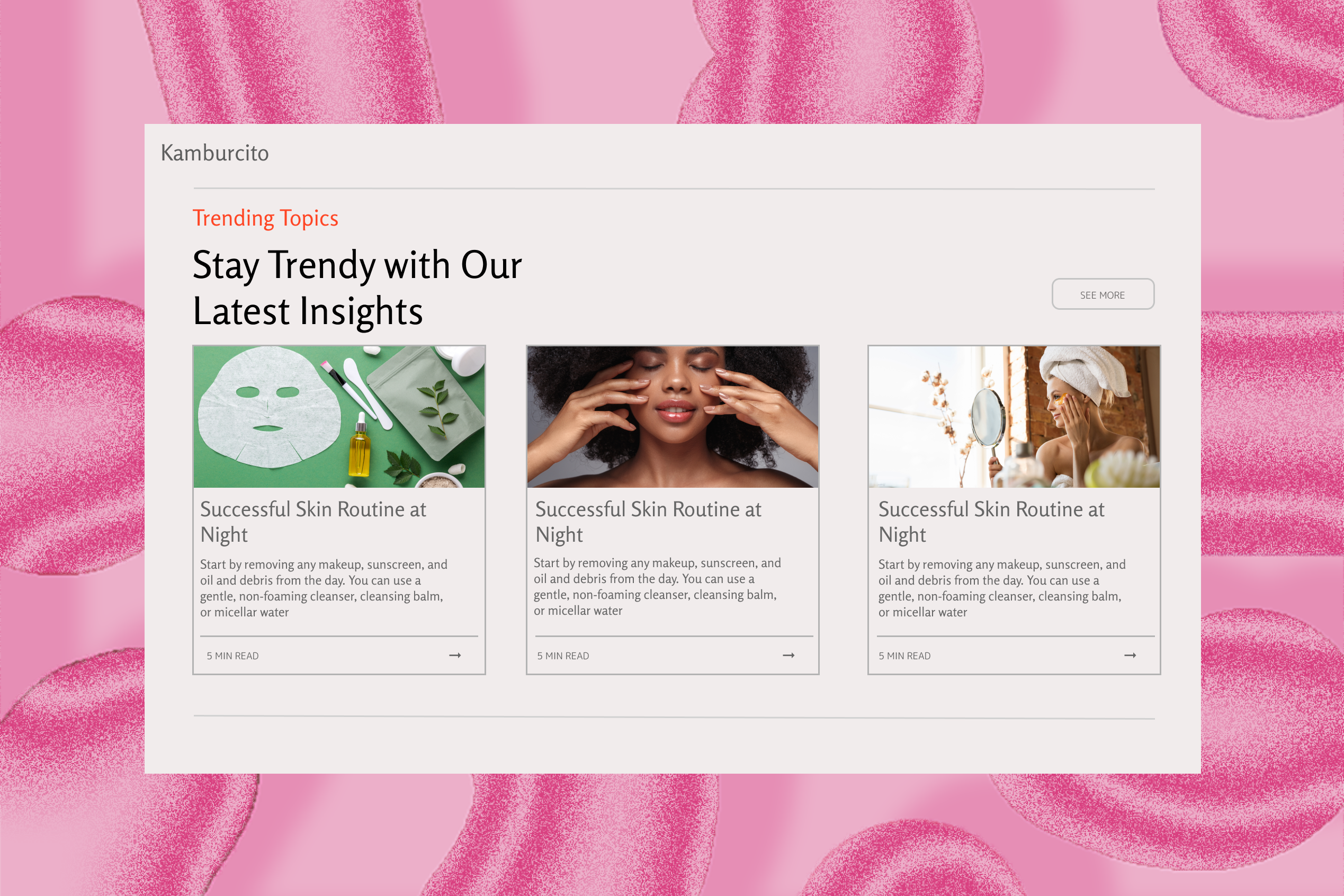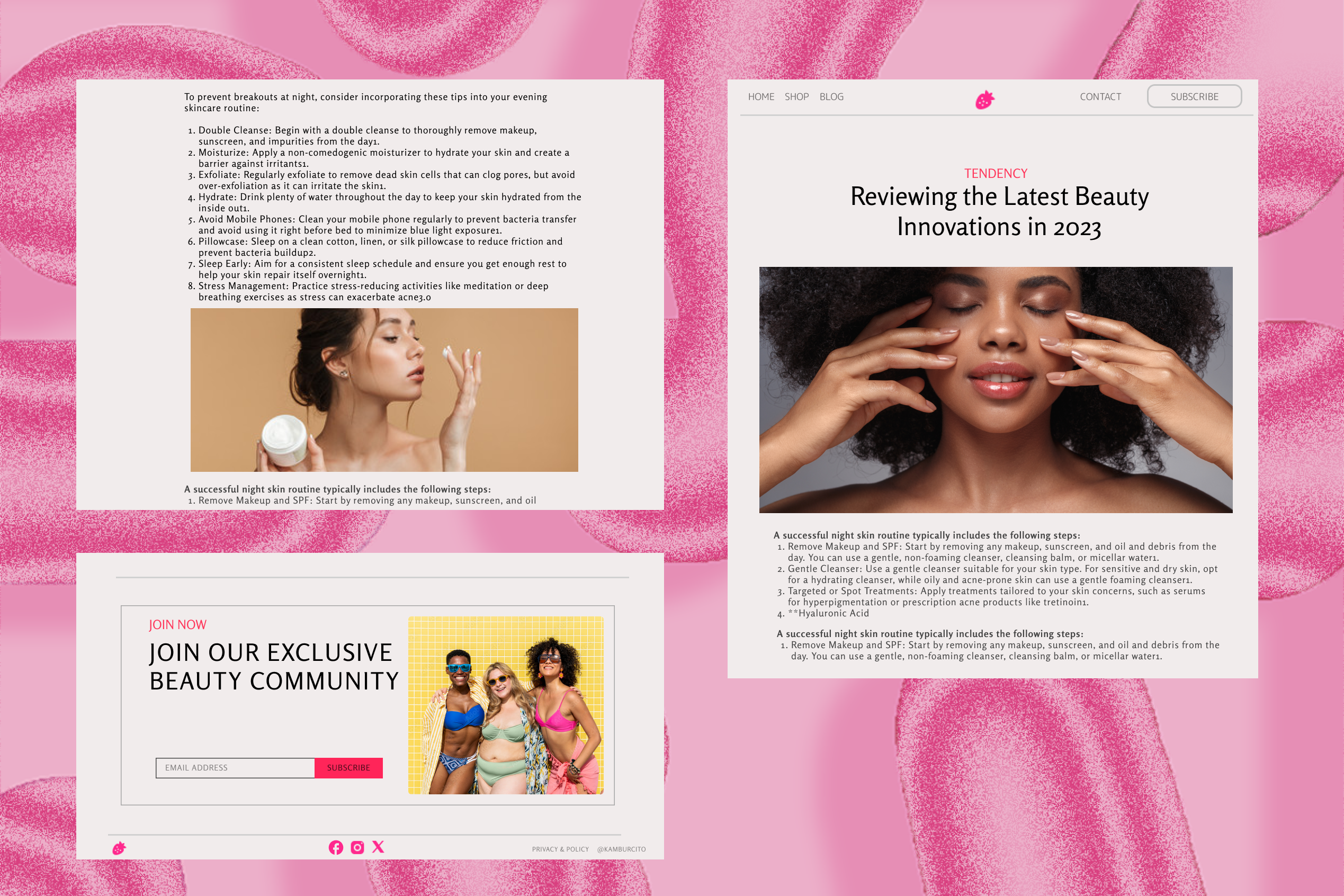Choose the Right Platform for your Beauty Blog
This step involves identifying a specific segment within the beauty industry that you are passionate about and want to focus on. It also includes understanding who your ideal readers are—their demographics, interests, and needs.
This helps in creating content that resonates with a specific group, making your blog more engaging and targeted.

- Pros: Highly customizable, vast selection of themes and plugins, strong SEO capabilities, large support community.
- Cons: Can be complex for beginners, hosting and premium themes/plugins can be costly.
- Pros: User-friendly drag-and-drop interface, beautiful and responsive templates, all-in-one hosting and website builder.
- Cons: Less flexible than WordPress in terms of customization, can become expensive with premium plans and apps.
- Pros: Sleek, professional design templates, easy to use, includes hosting, good customer support.
- Cons: Less flexibility in terms of plugins and third-party integrations, more expensive than some other options.
- Pros: Free to use, simple and straightforward, integrates well with Google services, good for beginners.
- Cons: Limited customization options, less professional-looking than other platforms, fewer templates and features.
Selecting the appropriate platform for your blog is crucial as it impacts the functionality, appearance, and user experience of your site. Common blogging platforms include WordPress, Blogger, and Squarespace, each offering different features, ease of use, and customization options. Choosing the right one depends on your technical skills, budget, and specific needs.
Plan Your Content Strategy
Developing a content strategy involves planning what types of content you will create and how often you will publish it. This includes identifying key topics, formats (articles, videos, tutorials), and creating a content calendar to ensure consistent posting. A well-thought-out content strategy helps in keeping your audience engaged and growing your readership.
Design Your Beauty Blog Layout

The layout of your blog encompasses the visual arrangement and structure of your website. It includes the placement of elements such as the header, navigation menu, blog posts, sidebars, and footer. A clean, intuitive, and visually appealing layout enhances user experience, making it easier for visitors to navigate and find content.
Branding Your Beauty Blog
Branding involves creating a distinct identity for your blog that sets it apart from others. This includes designing a memorable logo, choosing a consistent color scheme, and developing a unique voice and style for your content. Strong branding helps in building recognition and trust with your audience.
Optimize for SEO
SEO (Search Engine Optimization) is the practice of optimizing your blog to rank higher in search engine results. This involves using relevant keywords, writing meta descriptions, utilizing tags, and ensuring your images have alt text. Effective SEO helps increase organic traffic to your blog, making it more discoverable to potential readers.
Integrate Social Media

Integrating social media means creating profiles on platforms like Instagram, Facebook, and Twitter, and linking them to your blog. It also involves adding social media buttons to your blog for easy sharing and displaying your social media feeds. This enhances your online presence and helps drive traffic between your blog and social media channels.
Engage with Your Audience
Engaging with your audience involves interacting with your readers through comments, emails, and social media. Encouraging feedback, responding to comments, and creating interactive content like polls and Q&A sessions build a community around your blog. Engagement fosters loyalty and makes readers feel valued.
Monetize Your Beauty Blog
Monetization is the process of generating income from your blog. Common methods include affiliate marketing (promoting products for a commission), sponsored posts (collaborating with brands), and selling your own products or services. Monetization strategies should align with your blog’s values and audience to maintain authenticity.
Analyze and Improve
Analyzing involves using tools like Google Analytics to track your blog’s performance, including traffic, user behavior, and popular content. Regularly reviewing these metrics helps you understand what works and what doesn’t. Continuous improvement based on data ensures your blog evolves and remains relevant.

Additional Resources
This section provides readers with links to useful tools, tutorials, and further reading to help them delve deeper into blogging. Resources might include blogging platforms, SEO tools, design software, and marketing guides.





